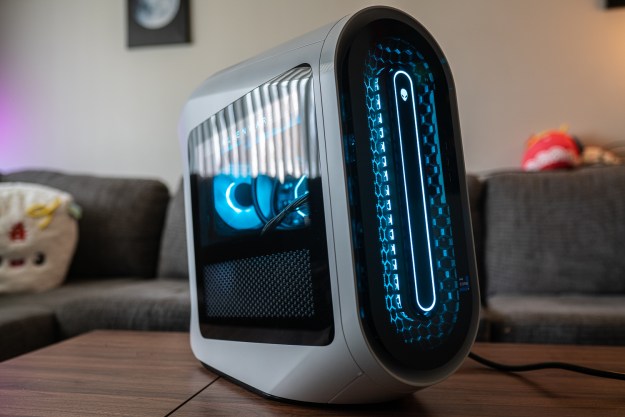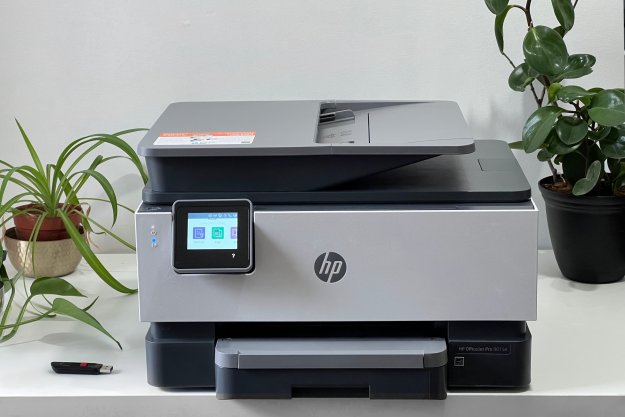
In the most significant change to domain name regulations since the institution of .com, the Board of ICANN, the body that regulates how domain names work, has approved the creation of new generic top-level domains (gTLDs) that will allow for a near-infinite variety of new website addresses. The colossal decision not only enables corporations and other organizations to create domains like drink.coke or buy.apple, but they could theoretically create .almost .anything .they .can .think .of.
“ICANN has opened the Internet’s addressing system to the limitless possibilities of the human imagination. No one can predict where this historic decision will take us,” said Rod Beckstrom, President and chief executive of ICANN in a statement.
“Today’s decision will usher in a new Internet age,” said Peter Dengate Thrush, chairman of ICANN’s Board of Directors told reporters. “We have provided a platform for creativity and inspiration, and for the next big dot-thing.”
Despite these claims of grandeur, three massive barriers will hold back the onrush of new domains. First, the price: new custom domain available through the program will cost $185,000 to register. Second, those seeking to acquire one of these new domains must prove legitimacy to their claim of the terms they want to use in their web address. Third, only “established public or private organizations” can apply. And those that do must prove that they have the technological infrastructure to support the domain.
Some domain applications may be discarded for other reasons, said Dengate Thrush. For instance, if the domain could infringe on religious or social sensitivities, like .nazi, then ICANN will not approve the creation of the domain.
Currently, a mere 22 gTLDs exist — things like .com, .org, .net or .gov — as well as about 250 country-level domains, like .uk or .cn. ICANN expects between 300 and 1000 new domains to come into existence as a result of the new program.
Organizations who seek a ‘.anything’ domain may send in applications as soon as January 2012, through April 2012. ICANN anticipates that the first new domains will be approved by the end of 2012.


